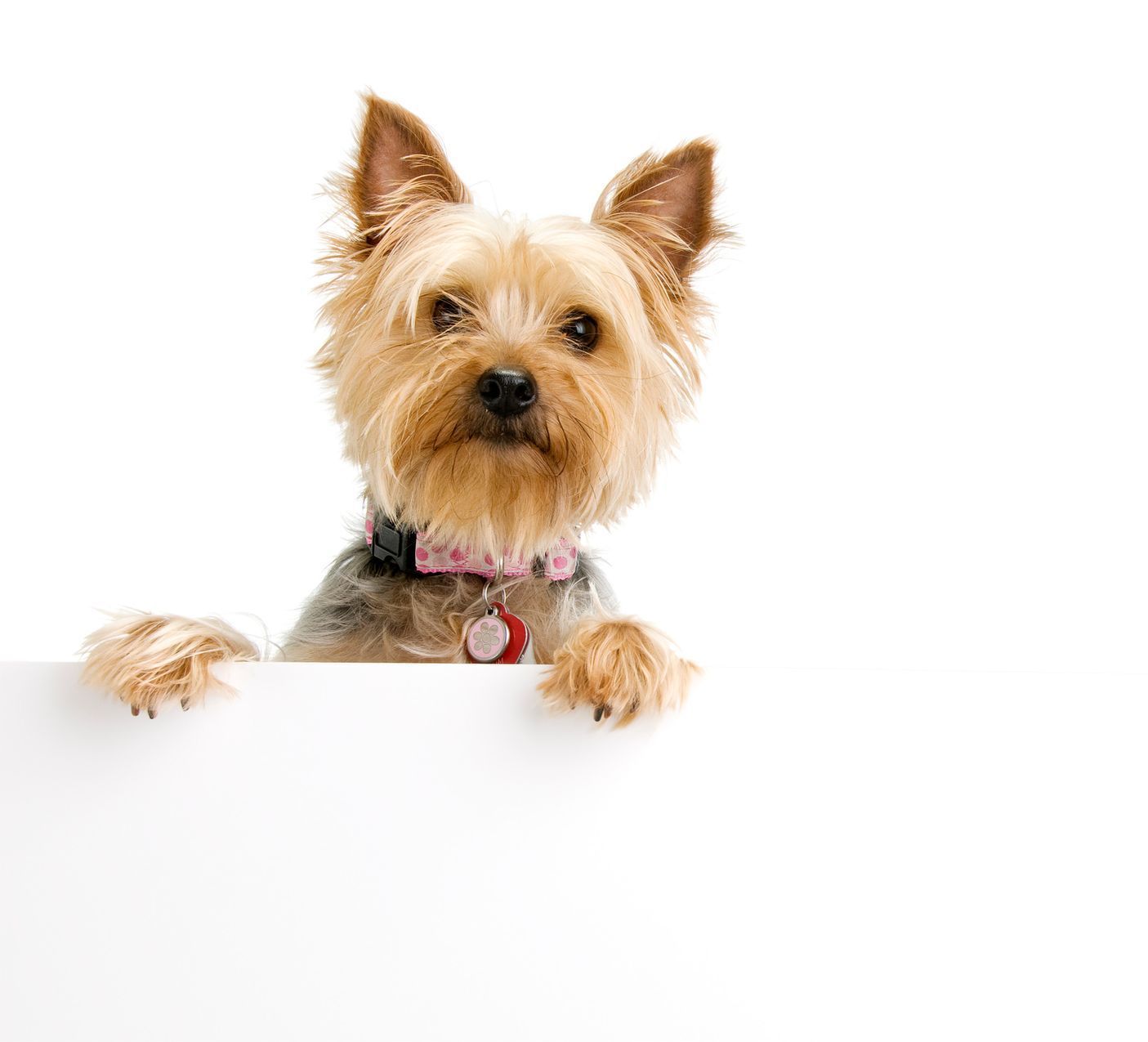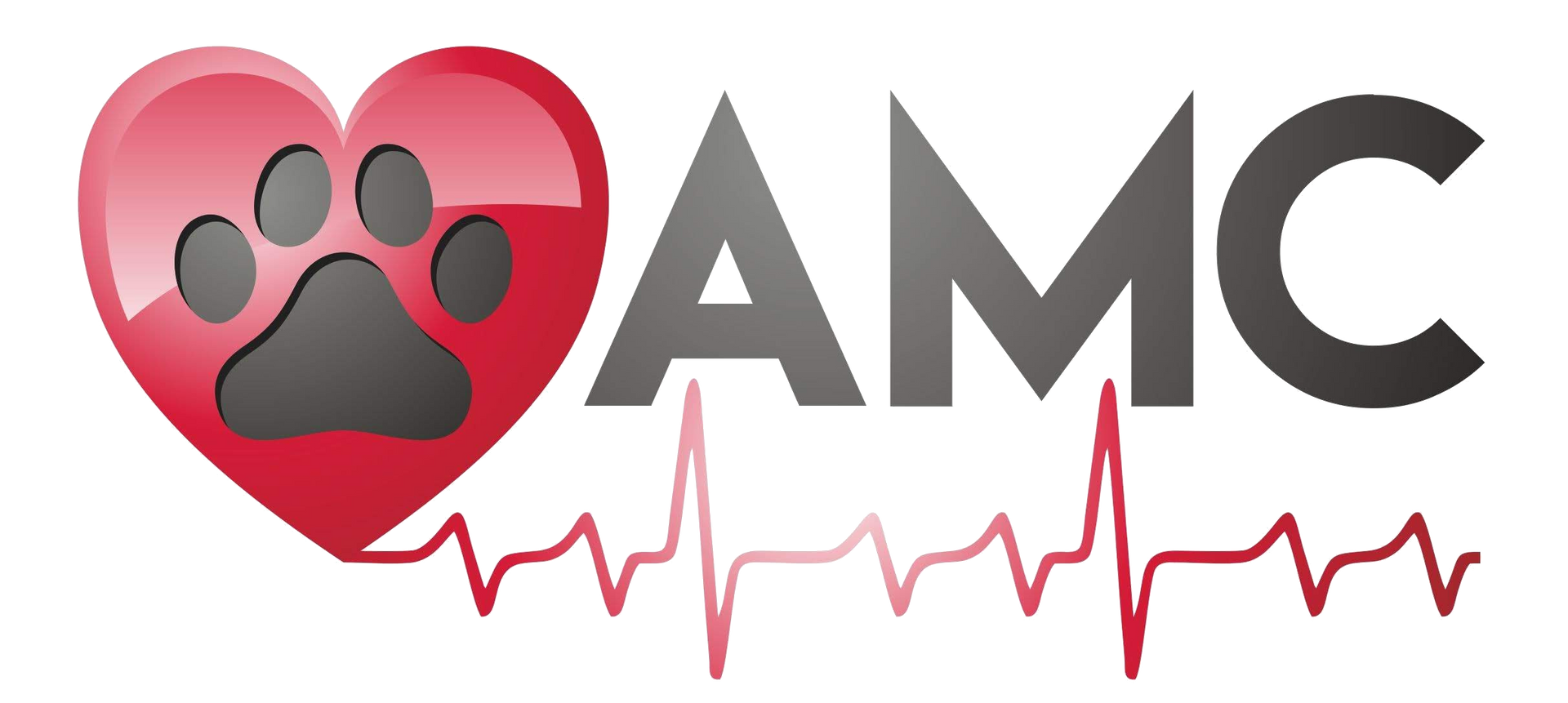We are a Full Service Animal Hospital
Urgent Care Cases Take Priority
We appreciate your patience
Walk-Ins are Welcome
Call Us Today! (714) 531-1155
Surgery for
Your Pet
Animal Medical Center is proud to extend surgical services to our patients. Our skilled veterinarians are proficient in a variety of surgical procedures. Prior to scheduling surgery, we will discuss all treatment options available to you and your pet. Our goal is to allow you to fully understand the benefits and potential risks of surgery and make an informed decision about your pet’s care.

Common Reasons for Pet Surgery
- Foreign body removal
- Spay and neuter
- Trauma repair
- Tumor removal
- Skin biopsy
- Wound repair

What Does Surgery Involve?
Surgery for pets is very similar to surgery for humans. If your pet is having anesthesia, fasting will be required, and we request that you inform us of any medications your pet is taking. With some surgeries, an overnight stay at our facility is necessary so we can continue to monitor your pet’s recovery.
We believe that pain management is a critical aspect of recovery. We make an added effort to provide your pet with superior comfort. If we feel that post-operative pain management would be beneficial to your pet, we will prescribe additional medication.
Upon the completion of surgery, you will be informed of all care instructions for recovery. If you have any questions or concerns about your pet’s surgery, or would like to schedule a surgery, please contact our office.
Applications
Cystoscopy: Visualization of the inside of the urinary bladder. No incisions needed.
Rhinoscopy: Visualization of the nasal passages to assess cause of upper respiratory disease, remove foreign bodies (foxtails, blades of grass, etc), and obtain biopsies.
Otoscopy: Magnified view of the ear canal allowing for better visualization of the tympanic membrane and middle ear. Otoscopy allows for safe and thorough ear cleaning under constant visualization, removal of polyps, foreign bodies, and the ability to perform deep ear cultures.
Orthopedic Surgery
Orthopedic problems can inhibit a pet’s ability to happily walk, play, and stand up. We are proud to offer orthopedic surgery options while concentrating on enabling our patients to live comfortably. Orthopedic surgery is a corrective skeletal surgery intended to alleviate problems with tendons, ligaments, joints, bones, and muscles.
If your pet has been involved in an accident or has experienced trauma, prompt X-rays can determine whether bone fracture or further injury has occurred. Pets don’t always exhibit external indications of pain and may need to undergo orthopedic surgery to fix or prevent complications.
Common Orthopedic Procedures
- ACL rupture
- Arthritis
- Bone fractures
- Hip dysplasia
- Joint dislocations
- Osteochondrosis (typically only occurs in large breeds)
- Patellar luxation
Common Orthopedic Surgical Procedures
-
Arthroscopy
Minimally invasive joint visualization and treatment.
-
Splinting
Allows us to immobilize a fracture or sprain when there is some stabilty in the area we are splinting, especially rotational stability.
-
Surgical plating
A metal plate is aligned next to the fracture and holes are drilled into the bone so pins can be inserted to permanently fixate the plate to support the bone.
-
Pin fixation
A metal pin is surgically inserted into the fractured bone.
-
External fixation
Pins are surgically connected to the fractured bones and are then attached outside of the skin with rods and clamps.
Regardless of whether your pet has a cast or surgery, fractures can take up to four months to heal. The care process also requires owner involvement; after your pet’s fracture is treated, we will give you proper care instructions relative to the procedure performed. In some cases, orthotic devices such as walkers or braces can be custom made to support the fracture in addition to the cast or surgery performed. If either of these is required for mobility, the veterinarian will inform you during the treatment planning phase.
Please contact our office today to determine if your pet is a good candidate for skeletal corrective surgery.
Laser Surgery
We strive to provide our patients with the most current surgical procedures and techniques. With accelerated technology and its use in the medical field, we are now pleased to incorporate laser surgery along with our advanced pet care services. While lasers have been used for decades in aiding human surgeries, they have recently been introduced to the veterinary field with outstanding success. Laser surgery can aide in all soft tissue surgeries, as well as most orthopedic surgeries.
Procedures That are Now Performed Using Laser Surgery:
- Biopsies or tumor removals
- Cosmetic surgeries
- Dental surgery
- Ear, nose, and throat surgeries
- Ocular surgery
- Spay and neuter
The Benefits of Laser Surgery
Improvements in medical technology and techniques are beneficial to patients, and the implementation of laser surgery in pet medicine is no different. The following are some of the major advantages of laser surgery:
- Completely sterile – Any bacteria or virus is instantly vaporized with the laser.
- Decreased pain – As a laser cuts, it seals nerve endings, lessening the amount of pain a patient experiences.
- Less bleeding – Lasers cauterize the skin as they cut, sealing blood vessels and allowing the patient to experience less bleeding.
- Less trauma to tissue – Because the laser never touches the surface, there is almost no trauma caused compared to using a surgical blade.
- Little or no need for sutures – In most cases, the reduction of pain allowed by laser surgery limits the number of pets that lick at the wound. Healing also tends to be accelerated, and circulation in the area is better preserved. These improvements greatly reduce the need for sutures. Ultimately the veterinarian will decide if stiches are necessary for your pet’s particular case.
- Minimal swelling – The laser does not touch the skin surface as it cuts, which prevents swelling from trauma caused by a surgical blade. It also seals lymph nodes, thwarting most post-operative swelling.
- More efficient surgery – With laser surgery, the vet can easily manage cuts and efficiently complete the operation.
- Precision in surgery – The laser doesn’t bother surrounding tissue and keeps the surgical site free from excess bleeding, the vet can better pinpoint the operation area and can maintain more clarity throughout the surgery.
- Faster recovery – Patients experience less pain and can return to normal activity much sooner than patients with sutures or trauma caused by surgery.
If you would like to learn more about our laser technology and understand how it can aide in your pet’s surgery, feel free to contact our office.
Phone: (714) 531-1155
Email: amcfvvet@gmail.com
Address: 16540 Harbor Blvd, Ste A Fountain Valley, CA 92708
Business Hours
Mon - Fri 7:30 am - 6:00 pm
Sat: 8:00 am - 5:00 pm
Sun: Closed






